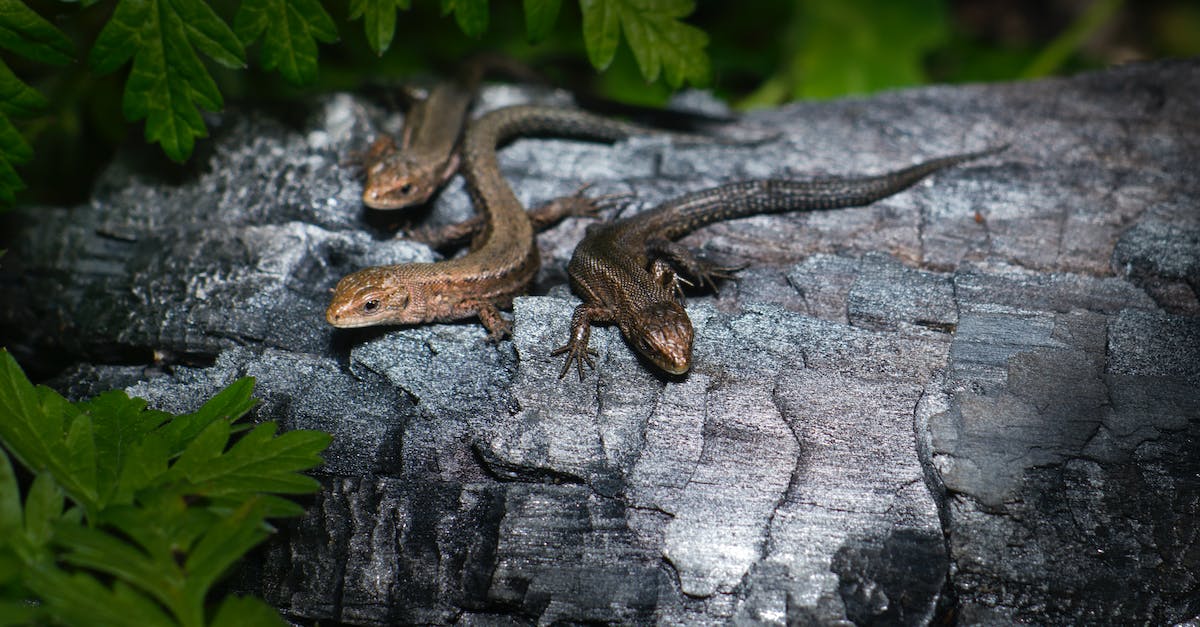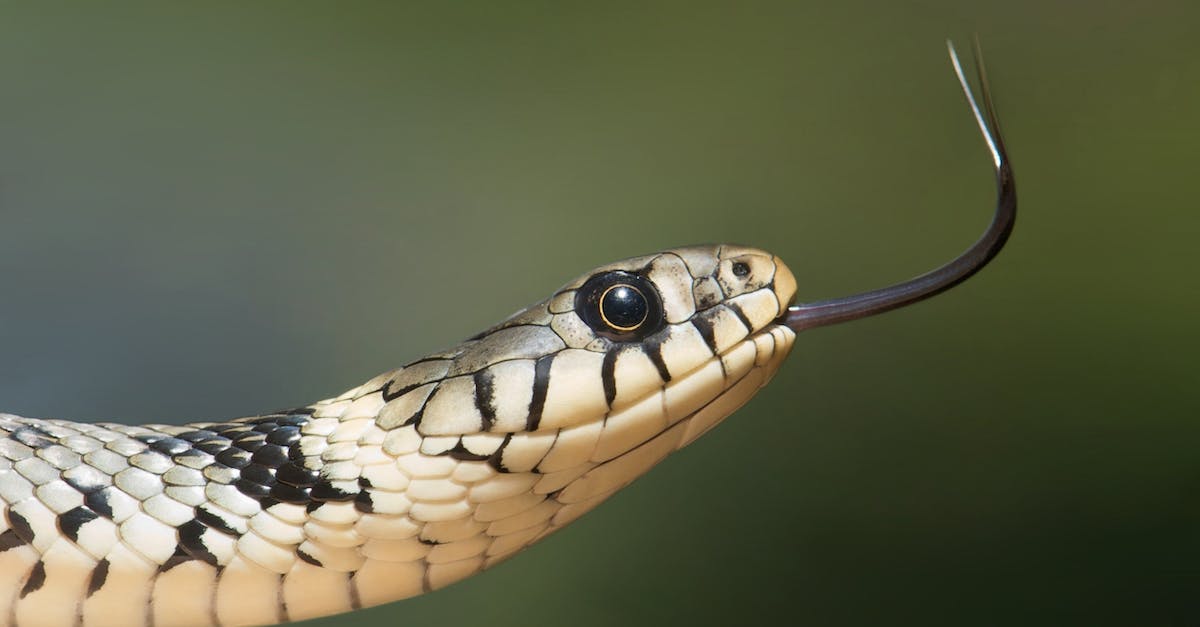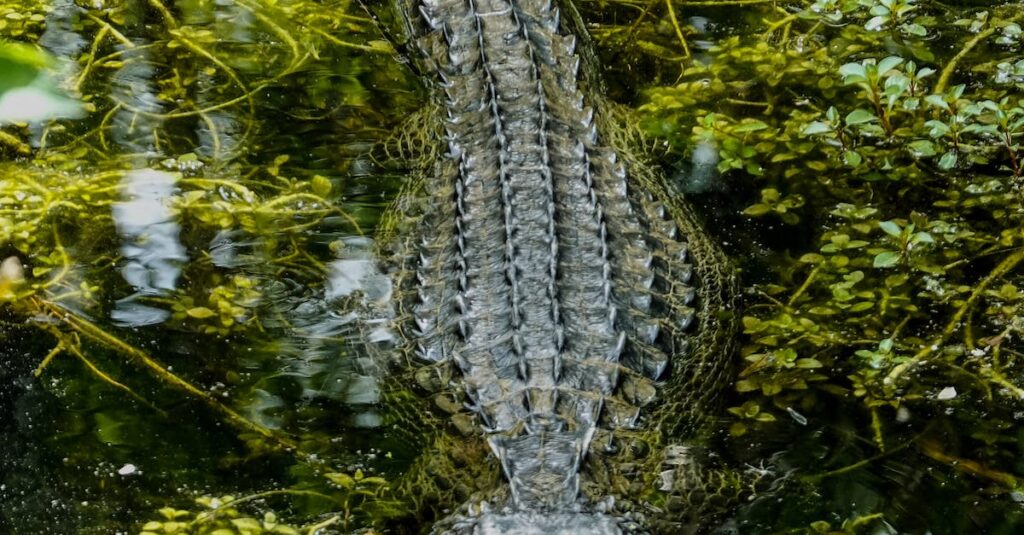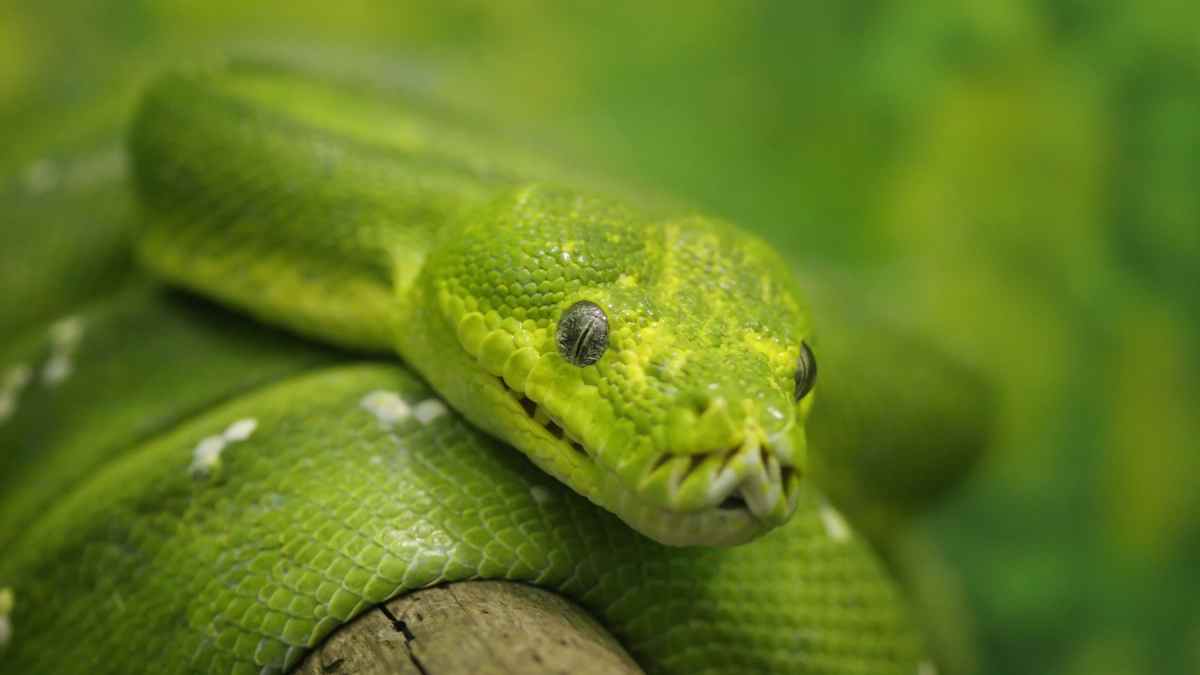As a nature enthusiast, I couldn’t help but marvel at the fascinating depiction of reptiles in mythology throughout history. From the cunning snake that tempted Eve in the Garden of Eden to the fierce dragon that hoarded treasure in Chinese folklore, these scaly creatures have captured the imaginations of countless cultures worldwide.
However, not all myths view reptiles through a sinister lens. Take the ancient Egyptians, for instance, who worshipped the crocodile-headed god Sobek as a protector of the Nile River. Meanwhile, Hindu mythology acknowledges the importance of snakes for their potent symbolism of rebirth, renewal, and fertility.
Perhaps it’s because reptiles are such enigmatic creatures that we’ve imbued them with such diverse meanings and traits. Who wouldn’t be fascinated by the elusive chameleon that can change colors to match its environment or the tortoise that can live for over a century?
Join me, as we explore the captivating world of reptiles in mythology and unravel the stories behind these magnificent creatures that have both awed and mystified us for centuries.
Introduction to reptiles in mythology

As we delve into the world of mythology, it becomes apparent that reptiles play a significant role in the tales and legends that have been passed down through the ages. From serpents and snakes to dragons and lizards, these creatures have fascinated and frightened humans for centuries. In this article, we will explore how reptiles are portrayed in mythology and what significance they hold in these ancient tales.
- Snakes and Serpents: One of the most common reptiles found in mythology is the snake or serpent. These creatures are often associated with trickery and danger, representing deceit and betrayal. In Christian mythology, the serpent is seen as the tempter of Adam and Eve, who ultimately leads them to their downfall. In Hindu mythology, the serpent is revered as a symbol of fertility and rebirth, with the god Vishnu resting on the serpent’s coils during the creation of the universe.
- Dragons: Dragons are another prominent reptile in mythology, often depicted as fierce, fire-breathing beasts. In Chinese mythology, dragons are revered as symbols of power and good fortune, while in European mythology they are often seen as a force of evil, guarding treasure that brave heroes must overcome.
- Lizards: Lizards are not as common in mythology as snakes or dragons, but they still hold significance in certain cultures. In Native American mythology, the horned lizard is seen as a protective spirit who warns of danger and wards off evil. In ancient Egyptian mythology, the lizard was associated with the god Ra and thought to represent the power of rejuvenation and regeneration.
In conclusion, reptiles have played a significant role in shaping the mythology of cultures around the world. From snakes and serpents to dragons and lizards, these creatures have been used to represent everything from danger and deceit to power and protection. As we continue to explore the world of mythology, we can be sure that reptiles will continue to capture our imagination and fascinate us with their otherworldly qualities.
The symbolism of snakes in mythology

The portrayal of reptiles in mythology varies greatly between cultures, with some praising them as sacred creatures and others associating them with evil or trickery. Of all the reptiles in mythology, snakes stand out as perhaps the most iconic and symbolically charged.
In many cultures, the snake is seen as a symbol of rebirth and transformation. This is likely due to the snake’s ability to shed its skin and emerge anew. In Hindu mythology, the god Vishnu is often depicted resting on a serpent, symbolizing the cycle of creation and destruction. In ancient Greece, the god of healing, Asclepius, was often associated with a snake, linking the serpent’s ability to shed its skin and renew itself with the concept of regeneration.
Conversely, in other cultures, snakes are seen as symbols of evil and temptation. This is most famously represented in the Biblical story of Adam and Eve, where a serpent tempts the first humans to eat from the forbidden fruit. The association of snakes with evil is also present in Greek mythology, where the monster Medusa is depicted as a woman with snakes for hair who turns those who look upon her to stone.
In addition to their symbolic associations, snakes also play a role in mythological storytelling. In African mythology, the trickster god Anansi is often depicted as a spider or a snake, using his cunning and wit to outsmart others. Snakes also appear in many creation myths, where they are often seen as divine creatures who played a role in the formation of the world.
In conclusion, the symbolism of snakes in mythology is multi-faceted, reflecting the various cultural beliefs and associations that humans have had with these creatures over time. Whether seen as a symbol of rebirth and regeneration or as an agent of temptation and evil, the snake remains an enduring and powerful figure in mythology.
The significance of dragons in mythology

As we explore the fascinating world of mythology, we cannot forget the significant role that reptiles play in many myths and legends. From ancient times, reptiles have been portrayed in various ways in mythology, and their depictions have shaped our perceptions of them. In this article, we delve into the portrayal of reptiles in mythology and explore their cultural significance.
1. Dragons in Mythology. Dragons have been an important symbol in mythology across different cultures, from the Chinese to the European. In European mythology, dragons are portrayed as evil creatures that are often hunted by knights, while in Chinese mythology they are revered as symbols of good luck and prosperity. In both cultures, dragons are seen as powerful and magical creatures that control the elements.
The significance of dragons in mythology goes beyond their mystical powers. Dragons have been used in many legends and folktales to represent the struggle between good and evil. For instance, St. George is famous for slaying a dragon in Christian mythology, and the Dragon Emperor is the ruler of the underworld in Chinese mythology. These stories have become cultural touchstones for many people and continue to fascinate us to this day.
2. Snakes in Mythology. Snakes have been one of the most commonly portrayed reptiles in mythology. In many cultures, they are seen as symbols of transformation and healing. In Greek mythology, the serpent was the sacred creature of Asclepius, the god of medicine, and in Hindu mythology, the snake is seen as a symbol of the Kundalini, the life force that resides within us.
However, snakes are also associated with evil in many myths. The serpent in the Garden of Eden is the most well-known example of this. In this story, the serpent tempts Eve to eat the forbidden fruit, leading to the fall of man. This portrayal of snakes as dangerous and deceitful has endured in Western culture for centuries.
3. Turtles in Mythology. Turtles are revered in many cultures as symbols of longevity, wisdom, and stability. In Chinese mythology, the turtle is one of four celestial animals that represent the four cardinal points, and in Hindu mythology, the turtle is an avatar of the god Vishnu. In Native American culture, the turtle is seen as a symbol of Mother Earth and the connection between humans and the natural world.
The significance of turtles in mythology lies in their associations with endurance and stability. Turtles are often used as symbols of resilience and steadfastness, reminding us of the importance of patience and fortitude in our lives. They also represent a connection to the earth and our role as caretakers of the planet.
In conclusion, reptiles have been an important part of mythology across cultures and have shaped our perceptions of these creatures. From the powerful dragons to the wise turtles, these animals represent different aspects of life and have played a significant role in shaping our understanding of the world around us.
The role of turtles in mythological tales

Turtles have been an important part of many ancient cultures and mythologies. Let’s take a look at how these fascinating creatures have been portrayed in some of these tales:
- Creation Myth: In many Native American creation myths, turtles are believed to hold up the world. For example, the Iroquois believe that the turtle dove to the bottom of the ocean and brought up a handful of mud, from which the world was created.
- Symbols of Longevity and Wisdom: Several ancient cultures, including the Chinese and the Egyptians, saw turtles as symbols of longevity and wisdom. In Chinese mythology, turtles are believed to carry the secrets of the universe on their backs, and their shell is seen as a representation of heaven and earth.
- Guardians: In Hindu mythology, the world is said to rest on the backs of four elephants, which in turn stand on the back of a turtle floating in a vast cosmic sea. This turtle, named Akupara, is seen as a guardian of the universe.
- Transformation: In many Native American and South American cultures, turtles are believed to possess powerful transformative abilities. It is said that those who eat the flesh of a turtle will be able to turn into one themselves.
These are just a few examples of the varied roles that turtles have played in mythological tales. From being seen as cosmic guardians to symbols of wisdom and longevity, these fascinating creatures have captured our imaginations for centuries.
The connection between crocodiles and ancient Egyptian mythology

In the world of mythology, reptiles have played a prominent role in shaping the beliefs and stories of various cultures across the globe. From the serpentine dragons of Chinese folklore to the feathered serpent of Mesoamerican mythology, reptiles have been revered and feared for centuries. In this article, we’ll explore the portrayal of reptiles in mythology, starting with the connection between crocodiles and ancient Egyptian mythology.
1. The crocodile in ancient Egyptian mythology: Crocodiles were seen as both sacred and dangerous creatures in ancient Egypt. They were believed to be the manifestation of the god Sobek, who was associated with fertility, the Nile, and military prowess. Sobek was often depicted with a crocodile head and a human body, and his cult was prominent during the Middle Kingdom period (2055-1650 BCE). There were several temples dedicated to Sobek across Egypt, and the crocodile was often mummified as a symbol of the god’s power.
2. The role of crocodiles in Egyptian society: Crocodiles were also a threat to human life and were known to attack people who ventured too close to the Nile. As a result, the ancient Egyptians had a complex relationship with these animals. While they were revered as symbols of divine power, they were also feared for their deadly strength. Some crocodiles were captured and kept in sacred pools within temple grounds, where they were pampered and fed until they died of old age.
3. The symbolism of crocodiles in Egyptian art: Crocodiles were a popular subject in Egyptian art, and their image appeared on everything from temple walls to pottery. They were often depicted with their jaws open wide, revealing rows of sharp teeth, as a warning to anyone who would dare cross them. In some artworks, crocodiles were shown with their mouths bound shut or their eyes covered with a cloth, symbolizing the control the gods had over these powerful animals.
4. The myth of the crocodile and the sun god: One of the most famous myths involving crocodiles in ancient Egypt is the tale of the crocodile and the sun god Ra. According to the story, Ra travels across the sky in a boat, and one day, a crocodile jumps out of the water and attacks him. Ra fought back, but the crocodile was too strong, and Ra was forced to flee. The other gods intervened, and the crocodile was eventually defeated. This myth was seen as an explanation for the movement of the sun across the sky and the cyclical nature of the seasons.
5. The legacy of crocodiles in modern-day Egypt: While crocodiles no longer inhabit the Nile in large numbers, they continue to be an important symbol of Egyptian culture. In recent years, there have been efforts to revive the crocodile cult of Sobek, with some people building new temples and mummifying crocodiles once again. Crocodile imagery also appears in modern Egyptian art, from street graffiti to high-end fashion. The legacy of these ancient creatures lives on, reminding us of the rich history and mythology of the Nile Valley.
Conclusion and the overall significance of reptiles in mythology

As a beloved and feared group of creatures, reptiles have played a significant role in mythological stories across the world. In some cultures, they are seen as powerful, mythical beings, while in others, they are associated with danger and evil. Let’s explore the ways in which reptiles are portrayed in mythology and what significance they hold.
Firstly, let’s take a look at the various reptiles that are commonly found in mythology. Snakes are often associated with rebirth and transformation and can be found in stories from ancient Greece, Africa, and Native American cultures. In Greek mythology, the snake was a symbol of healing, while in African mythology, it was connected to the life force of the universe. Similarly, lizards are often associated with regeneration and rebirth and can be found in stories from ancient Egypt and Mesoamerica.
Secondly, the portrayal of reptiles in mythology often reflects the culture’s beliefs and fears. For example, in many cultures, snakes are associated with temptation, deception, and betrayal. In Christian mythology, the snake represents the devil, while in Hindu mythology, the serpent represents the primal energy of the universe. Conversely, in some cultures, reptiles are revered as sacred beings. In Egypt, the crocodile was seen as a powerful and divine creature, while in the Australian Aboriginal culture, the Rainbow Serpent was considered to be a creator of life.
Thirdly, the symbolism of reptiles in mythology can also reflect the natural environment in which the culture lived. For example, in ancient Egypt, the Nile crocodile was a powerful symbol of the river and its life-giving properties. In Mesoamerican cultures, the feathered serpent was a symbol of rain and fertility, reflecting the importance of agriculture to the people.
In conclusion, reptiles have played a significant role in mythology across the world, often reflecting cultural beliefs, fears, and environments. Whether seen as powerful beings or symbols of danger and deceit, reptiles continue to captivate and intrigue us in modern times.
Conclusion
As we have seen, mythology has played a significant role in shaping our understanding of reptiles. From dragons breathing fire to snakes seducing humans, these creatures have taken on a range of fascinating and sometimes terrifying personas in the stories we tell.
But beyond the myths, there is a whole world of reptiles waiting to be explored. And while some might still see them as cold-blooded and creepy, I for one find them endlessly fascinating.
From the sunbathing turtles to the cunning crocodiles, these creatures are truly remarkable in their adaptations and behaviors. And while not all of them might be as glamorous as the mythical dragons, they all play a crucial role in their ecosystems.
So next time you see a lizard scurrying across the ground, or catch a glimpse of a snake slithering through the grass, take a moment to appreciate the wonders of the real reptile world. And who knows, you might even find yourself inspired to write your own myth of these magnificent creatures.



